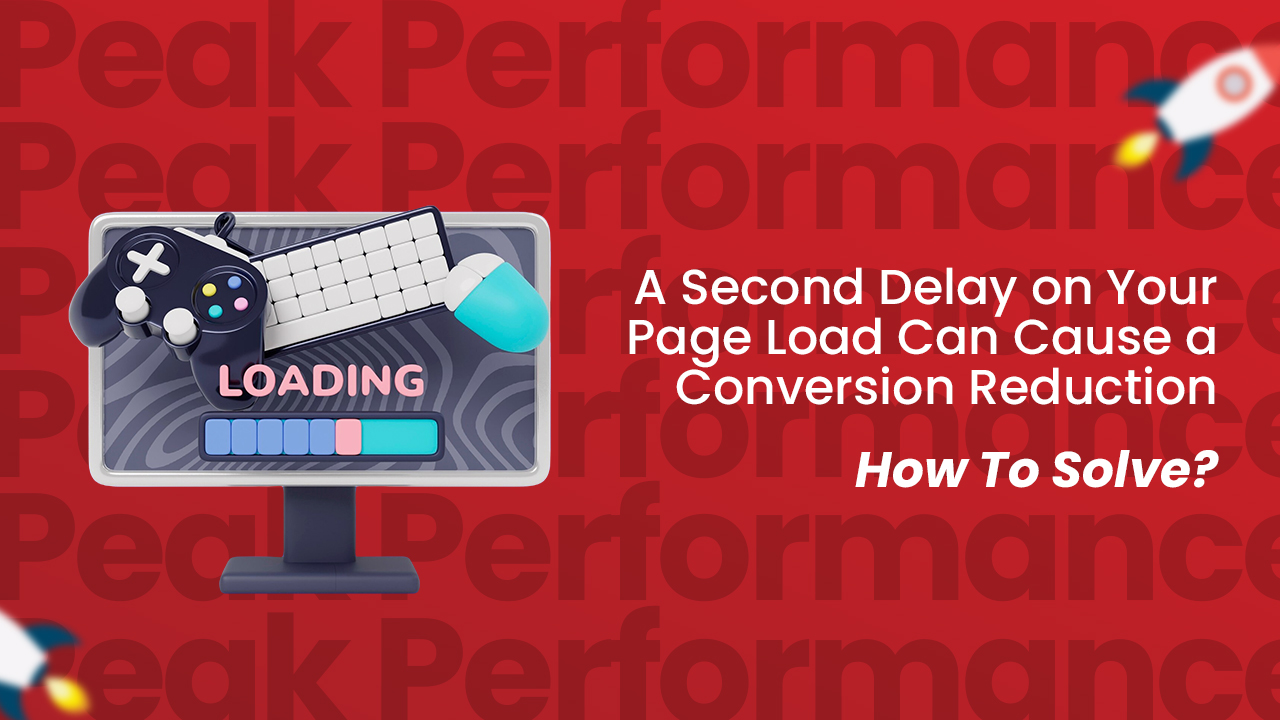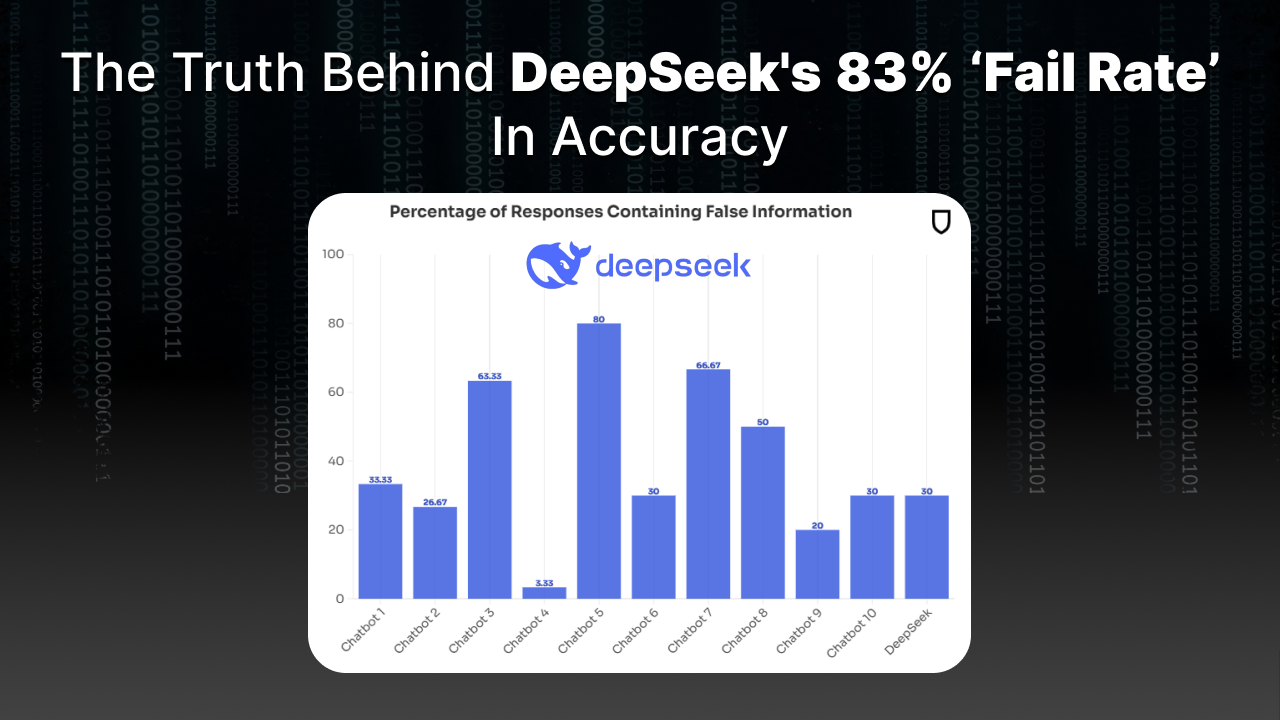A single second of delay can cost you a loss of 7% of potential customers. If your website is slow to load, it is not just a small issue but an actual problem that can impact your sales and make visitors leave.
But don’t worry, the solution might be a piece of cake, and that is what this article will try to make you believe. So, choose the best domain and hosting service – and watch as your site flies at the speed of light, offering fast load times to your visitors.
Partnering with a top domain and hosting company minimises your site’s unavailability and maximises its performance.
It’s time to get your website into high gear. Below are five tested techniques to optimise your site and eliminate slow periods from your life.
The Crucial Importance of Fast Load Times
It is time to discuss figures. You may be surprised, but 40% of all Internet users demand a site load in 2 seconds or less. If a web page takes one second longer to load, the conversion rate will drop by 7%.
However, fast loading is not just important to keep the visitors engaged (though that is very important). They directly impact your bottom line in several ways:
Improved User Experience: Fast-loading pages interest users and have almost nil bounce rates. If users can flow through a site easily, they will be encouraged to stay and explore what the site offers.
- Higher Conversion Rates: Quick loading favours a call to action for users to make purchases and register on the site. In e-commerce, the time spans a few fractions of a second matter and can end up in the difference between a buyer and a ‘leaving without purchasing’ customer.
- Better SEO Rankings: Google, for instance, uses page speed as one of the filters in its indexing process for both web and mobile results. Sites that load faster have better rankings in search engines, hence more traffic from organic click-through rates.
Now that we’ve established why speed matters, let’s dive into the strategies that will supercharge your website.
Strategy 1: Harnessing the Power of Content Delivery Networks (CDNs)
Think of Content Delivery Networks as a global team of super-fast couriers for your website’s content. They work by distributing your site’s static files (like images, stylesheets, and scripts) across a worldwide network of servers. When a user visits your site, the CDN serves the content from the server nearest to them, dramatically reducing load times.
To effectively implement a CDN:
- Choose the Right Provider: Popular options include Cloudflare, Amazon CloudFront, and Akamai. Consider factors like pricing, global server distribution, and ease of integration with your existing setup.
- Optimise Your CDN Configuration: Enable features like file compression to reduce sizes further. Set up appropriate caching rules to control how long content is stored on CDN servers. Use purging features when you need to update content quickly.
Strategy 2: Mastering Image and Media Optimization
Images occupy most of the space on any webpage since they can produce significant file sizes. Managing these aspects can be said to be a very important factor in making your site run faster. Here’s how to do it effectively:
- Choose the Right Format: Photographs and images with many colours should be saved in JPEG format. GIF is preferable for graphics with fewer colours or animations requiring transparency. Take the WebP format as an example; these are much better than the traditional formats for compression.
- Compress Images: TinyPNG, ImageOptim, or Squoosh are good options for optimising file size without losing quality. The objective is to achieve the greatest distinction between file size and image quality.
- Implement Responsive Images: Make sure your site is properly configured to serve these images in varying sizes depending on the device. This helps to prevent mobile users from downloading unnecessarily large images that slow the page loading on smartphones.
Strategy 3: Streamlining CSS and JavaScript
Large CSS and JavaScript files are detrimental to the performance of your web page. Here’s how to streamline them:
Minification: Remove excess characters from your code, such as white spaces and comments. This reduces the size of your files without compromising functionality.
- Concatenation: Group several CSS or JavaScript files into one. This reduces the number of times your browser requests information, increasing the loading time.
- Code Splitting: If a particular application has a large amount of code, it is recommended to split it into modules and load each as required. This will enable users to download only the code necessary for the current web page.
Strategy 4: Leveraging Caching Systems
Caching is like giving your website a photographic memory. It helps retain copies of files and data to have them ready and easily accessible for subsequent uses. Here’s how to implement effective caching:
- Browser Caching: Configure your server to instruct various browsers when to cache your documents. This implies that users who revisit your site can load it faster than they initially accessed it.
- Server-Side Caching: Opt for caching systems or plugins to facilitate the storage of dynamic content. This helps ease your server’s workload and fasten the pace of content presentation.
- Database Caching: Establish mechanisms for holding the outcome of advanced database queries. This can substantially increase the data acquisition rate for dynamically inserted content within the HTML structure.
Strategy 5: Selecting Optimal Hosting Solutions
Your hosting provider forms the foundation of your website’s performance. Here’s what to look for:
- Server Technology: Try opting for hosts with modern CPUs and SSDs, as they offer faster reading, writing, and processing power than traditional hardware.
- Server Location: Make sure you choose a host near your audience geographically to reduce latency.
- Scalability: Choose a host with easy upgrades or cloud hosting options to handle traffic spikes without slowing down.
Although there’s no one-size-fits-all regarding web presence, all of these tactics are tried and tested. So, incorporating them into your hosting strategies will help you gain web traffic that won’t bounce off due to loading issues.
Conclusion
The tactics we’ve covered in this blog will improve your website’s performance. Keep in mind that speed optimisation is a continuous effort. Use resources like Google PageSpeed Insights or GTmetrix to assess your website’s performance regularly and adapt tactics as necessary.
So, are you prepared to increase the pace of your website? Doing it alone can be daunting. Contact American Web Designers for an appropriate name and hosting plan.
Our team of experts can guide you through the confusing world of web hosting and guarantee that your website’s foundation is strong and optimised for performance.
In the digital race, speed is a necessity. Give your website the turbo boost it deserves and watch your online success soar.
Share this Post





